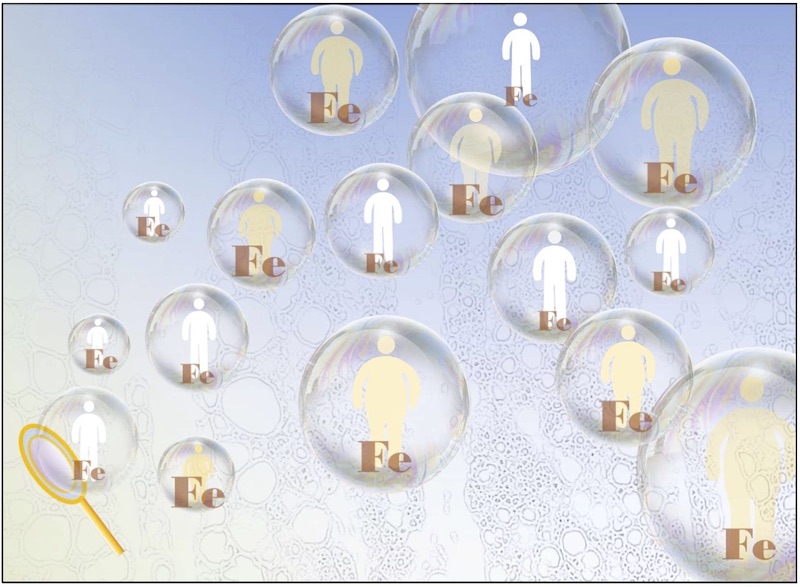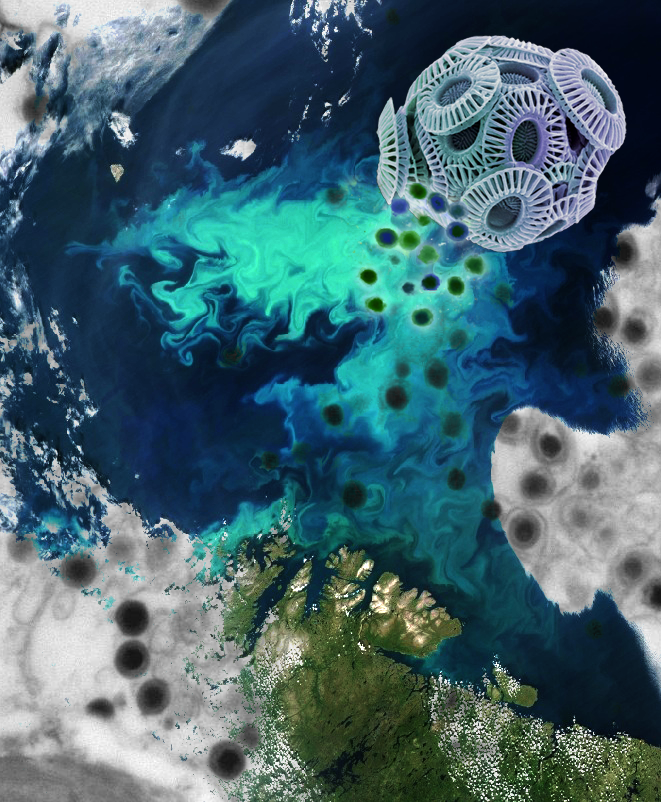Iron is a micronutrient for plants. Biologists from the Institute of Botany at Heinrich Heine University Düsseldorf (HHU) describe in a study, which has now been published in the Journal of Cell Biology, that regulatory proteins for iron uptake behave particularly dynamically in the cell nucleus when the cells are exposed to blue light – an important signal for plant growth.
Tag: iron
RUDN Chemists Made Antibacterial Films More Effective With Iron
RUDN University chemists have improved the effectiveness of antibacterial chitosan films used in medicine and the food industry. It was made by adding iron and a new chitin derivative to chitin nanoparticles.
Upgrading iron and steel plants could save equivalent of two years of global carbon emissions
Upgrading, or retrofitting, the world’s iron and steel processing plants early could reduce carbon emissions by up to 70 gigatonnes by 2050, roughly equivalent to two years’ worth of net global carbon emissions, according to a new study led by UCL researchers.
New MRI technology: a non-invasive look at iron balance
Traditional MRI scans provide qualitative images that necessitate subjective interpretation by medical professionals.
WashU Expert: 2023 will be the year of the battery
Major advances in battery technologies will bring us a big step closer this year to large-scale renewable energy goals, international energy independence and a big reduction in greenhouse gases, according to an expert from Washington University in St. Louis. “One of the major challenges to a fully renewable-energy future of wind and solar power is energy storage,” said Michael Wysession, a professor of earth and planetary sciences in Arts & Sciences at Washington University in St.
Weddell Seal Moms Sacrifice Their Diving Capacity to Provide Iron to Their Pups: Climate Change Could Make Seals More Vulnerable
Weddell seals, which are excellent divers, provide so much iron to their pups during lactation, that the mothers dramatically limit their own diving and underwater foraging capabilities.
Researchers recreate deep-Earth conditions to see how iron copes with extreme stress
Measuring what happens during the collision of celestial bodies or at the Earth’s core is obviously not very practical. As such, much of our understanding of planetary cores is based on experimental studies of metals at less extreme temperatures and pressures. But researchers at the Department of Energy’s SLAC National Accelerator Laboratory have now observed for the first time how iron’s atomic structure deforms to accommodate the stress from the pressures and temperatures that occur just outside of the inner core.
Patients with Kidney Disease—Even without Anemia—May Benefit From Iron Treatment
• Among individuals with chronic kidney disease, iron deficiency was linked with higher risks of death and cardiovascular events, in patients with and without anemia.
• Clinical trials are needed to test the effects of iron treatment, even in the absence of anemia, in patients with chronic kidney disease.

Lowering Iron in Fat Cells Prevented Weight Gain in Mice
DALLAS – June 28, 2021 – Lowering iron content in fat cells prevented mice fed a high-fat diet from gaining excess weight and developing associated health problems by limiting the amount of lipids absorbed by the intestines, UT Southwestern scientists report in a new study. The findings, published online in Cell Metabolism, could eventually lead to new strategies to protect people against obesity and related diseases.
Microbial respiration with iron
Microbes “breathing in rust” plays an important role in soils
CUR Chemistry Division Selects 2021 Outstanding Mentorship Awardees
The Chemistry Division of the Council on Undergraduate Research has announced the 2021 recipients of its Outstanding Mentorship Award: Tarek Abdel-Fattah (Christopher Newport University); Fadi Bou-Abdallah (SUNY Potsdam); Loretta Jackson-Hayes (Rhodes College)
International Team is the First to Successfully Stack Virus Resistance Plus Iron and Zinc Biofortification in a Non-cereal Crop
For the first time, an international team of scientists have developed cassava displaying high-level resistance to cassava mosaic disease (CMD), cassava brown streak disease (CBSD) as well as higher levels of iron and zinc.

Ocean Algae Get “Coup de Grace” from Viruses
Scientists have long believed that ocean viruses always quickly kill algae, but Rutgers-led research shows they live in harmony with algae and viruses provide a “coup de grace” only when blooms of algae are already stressed and dying. The study, published in the journal Nature Communications, will likely change how scientists view viral infections of algae, also known as phytoplankton – especially the impact of viruses on ecosystem processes like algal bloom formation (and decline) and the cycling of carbon and other chemicals on Earth.